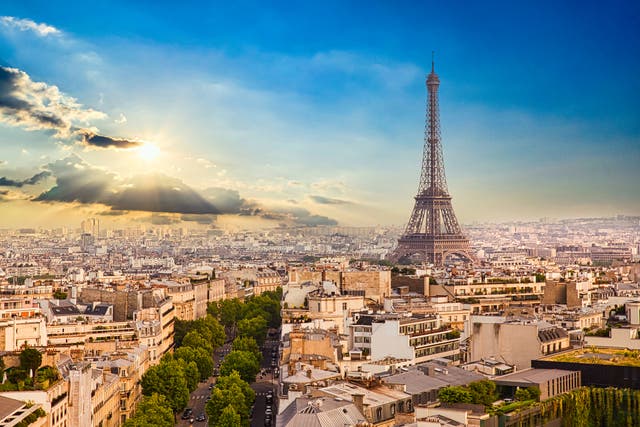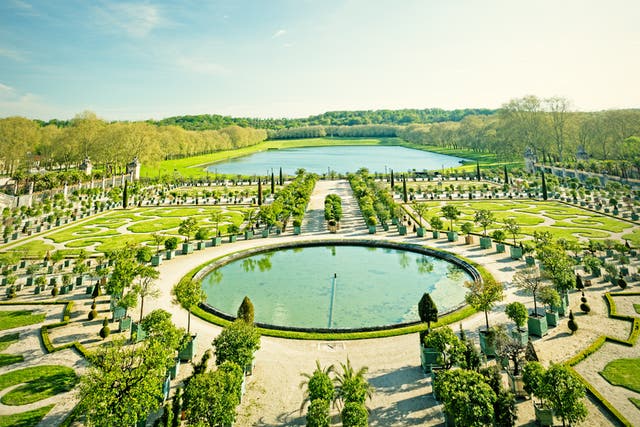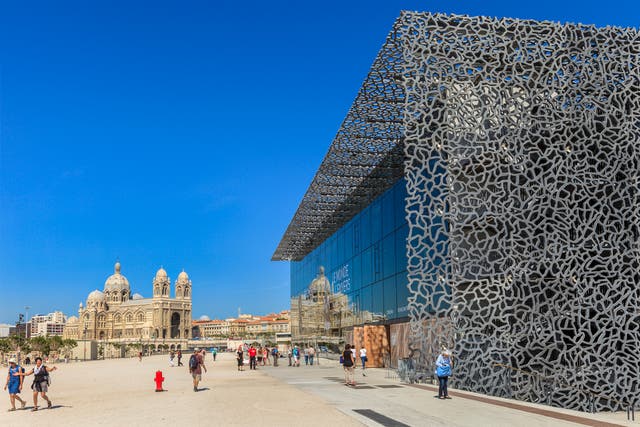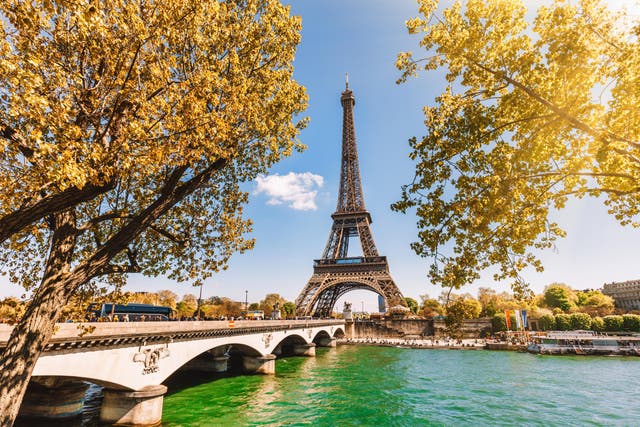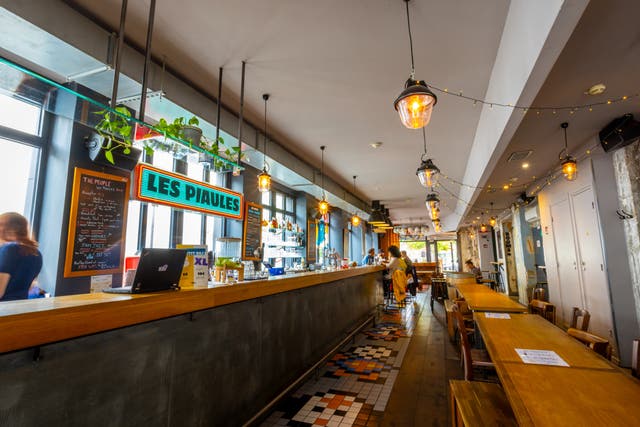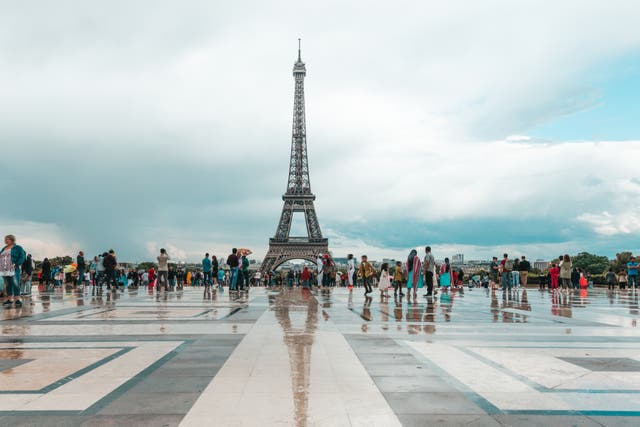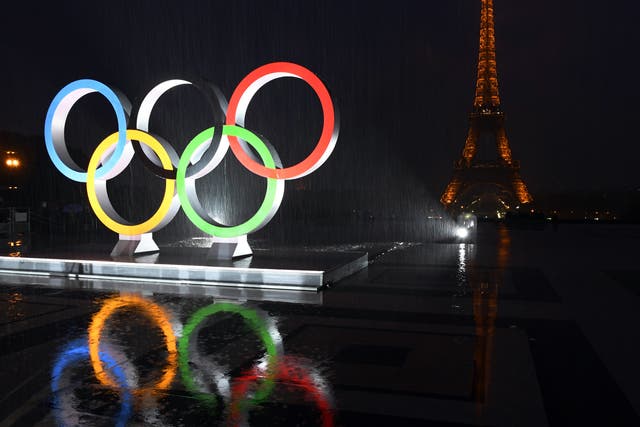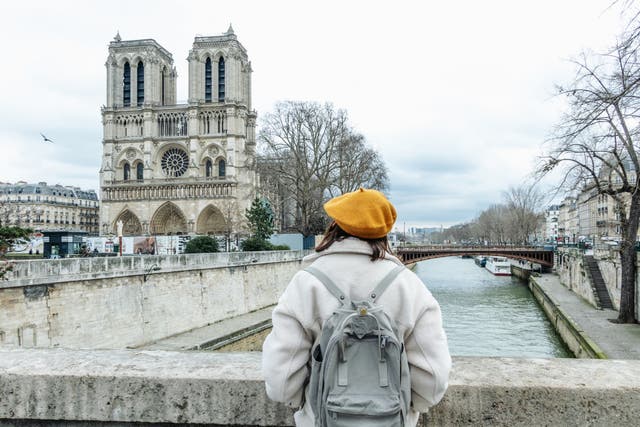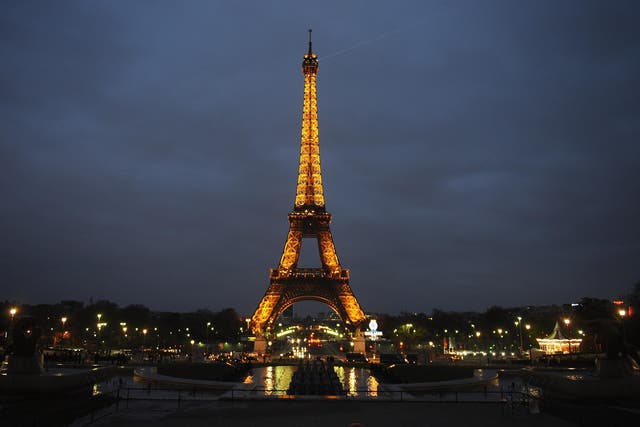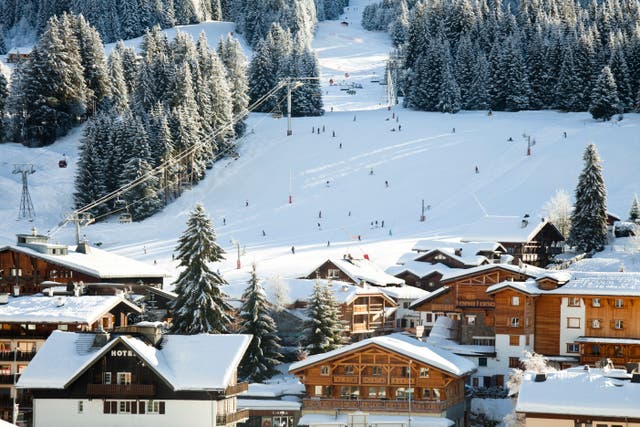Expert travel guides and holiday advice
From chilled out summer beach holidays in Nice to romance-filled city breaks in Paris, from ski trips in the French Alps to wine tours in Provence and chateaux-hunting in the Loire Valley, our Gallic neighbour has something to suit every traveller’s tastes. The Independent’s travel experts have put together an extensive range of guides to help you book your next sojourn, whether you’re looking for the best budget hotels in the French capital or want to plan a walking holiday on the Tour du Mont Blanc. We’ve also got the inside track on city breaks to big hitters including Bordeaux, Lyon and Marseille, plus French foodie weekends in Normandy and the best beaux villages de France in the Dordogne.
FAQs about France
Paris and Disneyland
While Paris’s showstoppers like the Eiffel Tower, Louvre and the Champs-Élysées are worth the hype, there’s so much more to the French capital. For sight-seeing tips, must-visit museums, attractions off the beaten track and stand-out restaurant recommendations, read our local's guide to Paris. Just outside the city you’ll also find Europe’s answer to the happiest place on Earth, courtesy of Disneyland Paris. Check out our guides to help you plan your next entertainment-packed excursion, navigate its two theme parks and book the right accommodation for you.
Marseille
France’s second city is seriously underrated – this grit-glam destination in the south of the country combines the best of urban escapism with chilled-out seaside vibes thanks to its position on the Mediterranean Sea. Expect much friendlier locals than you’ll find in Paris, a vibrant harbour with decadent dining to match, an iconic Catholic basilica with knockout views and the best bouillabaisse in the world. Read our guides for the best ways to spend a weekend, and discover the top places to stay with our hotel guides.
Bordeaux
Synonymous with the eponymous wine country that surrounds it, this sophisticated city in southwestern France is the place to learn about the journey from grape to glass (as well as sample the final product), thanks to its spectacular la Cité du Vin museum. Elsewhere, the Gothic Cathédrale Saint-André, 18th-century mansions and elegant Place de la Bourse square, with its dazzling miroir d'eau reflective pool, give tourists plenty of reasons to visit.
Provence
Known for its Insta-worthy fields of lavender and plethora of vineyards, Provence attracts food and wine buffs the world over, as well as countryside lovers who appreciate its softly rolling vine-covered hills, olive groves and pine forests. The southeastern region is also the gateway to the French Riviera resorts of Nice, Cannes and Saint-Tropez for travellers looking to stroll chic beach towns and dip in the Med. Read up on the expert-tested hotels to book for your next escape, and the must-do activities to try when you get there.
Normandy
Northern France’s history-steeped region encompasses white cliffs, pretty towns like Honfleur, with its old harbour and streets lined by 16th-century townhouses, and the magnificent port city of Rouen on the river Seine, where impressive cathedrals meet Gothic churches, cobble-stoned streets and half-timbered houses. It’s also ideal territory for foodies – tuck into rabbit in cider, brioche and specialty cheeses such as Camembert, Boursin and Brillat-Savarain – while local tipples include Calvados and a huge range of ciders.
Loire Valley
Sprawling vineyards and grand chateaux typify this captivating stretch of central France spanning 280km along the Loire River. There are plentiful well-kept gardens to discover too, alongside places to eat fit for the hungriest of gourmands. Those who want to learn to use the abundant produce of the “garden of France”, including asparagus, goat’s cheeses and local meats, can sign up to a Loire cookery class, while those looking to work off a meal can hit gentle cycling and walking trails.
French Riviera
From the celebrity haunts of Cannes to the glitz of St Tropez and Monaco, the French Riviera, or Côte d'Azur, on the Mediterranean coast in the south of France has long been associated with sun-burnished glamour. Beach resorts range from high-end to decidedly more wallet-friendly seaside towns such as Cagnes sur Mer and Menton – the final port of call before you cross the border into Italy.
Lyon
Sitting at the junction of the Rhône and Saône rivers, Lyon is a vibrant city where historical architecture meets a thoroughly modern student population in central-eastern France. A Unesco World Heritage Site, it boasts a Roman amphitheatre and medieval and Renaissance buildings, while its gastronomic credentials are bolstered by some 20 Michelin-starred restaurants.
Dordogne
Getting to France and back
France is so close that your best transport option will change depending on where you live in the UK and where you’re travelling to in France. The cheapest option is usually the Eurotunnel, as long as you’re not travelling too far on both sides – otherwise flying is the most cost-effective choice. The Eurostar passenger train is the number one sustainable choice, ideally coupled with public transport within France itself. There are also ferry options from multiple locations, including Dover, Portsmouth, Plymouth and Newhaven, with a numerous crossing each day. DFDS, P&O Ferries, Brittany Ferries and Irish Ferries all offer sailings.
Getting around France
France’s train network is modern and good value for money, with the TGV taking care of high-speed intercity journeys and regional lines linking up the rest. You can also fly between a number of big cities such as Paris, Bordeaux, Lyon, Toulouse and Nice. The motorways are very well maintained, and easy to navigate, although toll charges on longer journeys can add up. For shorter journeys, there are plenty of bus services, as well as trams in many cities. The amount of dedicated cycle pathways varies, but most smaller roads and byways are generally very safe for cyclists.
Best hotels in France
The Independent’s travel experts have reviewed the best hotels across the country, whether you're looking for a family and budget-friendly pad close to plenty of attractions or are after an opulent chateau stay in rural France.







